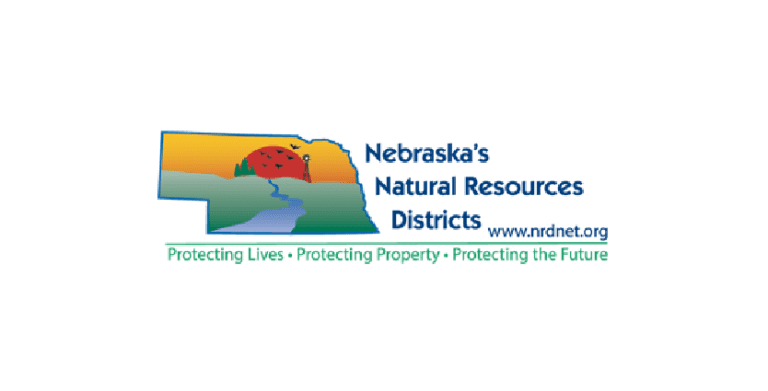Customer story
Nebraska Natural Resources Districts
“We really enjoyed the options we had of the variety of test questions we could ask. We had the options there that gave us the flexibility we needed.”
Nebraska Natural Resources Districts (NRDs), established in 1972, is a group of local government units working together to conserve and protect the state’s natural resources. As part of their work to respond to natural resource challenges, the districts are involved in a variety of projects. These include educational programmes such as camps, competitions, workshops for teachers, classroom presentations and more. The Natural Resources Districts are centrally represented by Nebraska Association of Resources Districts (NARD) who coordinate a number of these programmes.

In response to COVID, NARD moved some of their educational resources online, including the National Conservation Fund Envirothon. The competition takes place every summer and allows high school students to showcase their environmental knowledge and compete for scholarships. Usually, the competition takes place in the field with small teams of students competing in different areas of environmental studies.
However, in 2021 public health guidelines prevented the competition from taking place in person given that there were contestants from 34 US states, 4 Canadian provinces and China. Instead, NARD decided to find a platform that would allow the competition to go ahead virtually. The following two aspects were particularly important:

NARD began working with Inspera in Spring 2021 to quickly implement Inspera Assessment, Inspera Exam Portal and Inspera Smarter Proctoring. The time frame to prepare the online assessment was short because the competition was taking place in July but Jennifer Swanson, NRD Liaison, says “[Inspera] were very efficient and exceeded our expectations of when things would be ready to start developing the tests in the platform.”
The competition had several unique logistical challenges. Firstly, teams were located across time zones so it wasn’t possible for everyone to complete the test at the same time. The solution to this was to have a testing window of 8 am to 8 pm Central Standard Time in which teams could complete the work for the competition.
Secondly, NARD needed to ensure that security solutions were suitable both for upholding the integrity of the competition and enabling the required flexibility for teams competing in different locations. Inspera Smarter Proctoring was used to discourage misconduct during the test and Inspera Exam Portal ensured that students couldn’t use the internet to look up answers. Most teams met locally in-person to compete although a few were unable to do so. A few different instances of the test were created to allow these teams to use necessary applications, such as Zoom, during the test.
The competition ran smoothly with every team submitting their test within the allotted time. Although the competition usually takes place out in the natural environment, NARD felt that Inspera’s platforms allowed them to host a successful virtual event. In particular, the team appreciated the range of question types available. This technology allowed them to recreate scenario questions based on environmental problems with stimulus texts and identification questions with pictures of flora and fauna.
After the competition, students were sent a survey to ask their opinion about the virtual competition. In response to the question ‘overall how well did the virtual Envirothon meet your expectations?’ 98% of students answered ‘met expectations’ or ‘exceeded expectations’. Jennifer Swanson says, “it’s great fun being able to get the kids out in the natural environment. We weren’t able to do that but your platform did a great job doing what we needed it to do.”
Download the case study